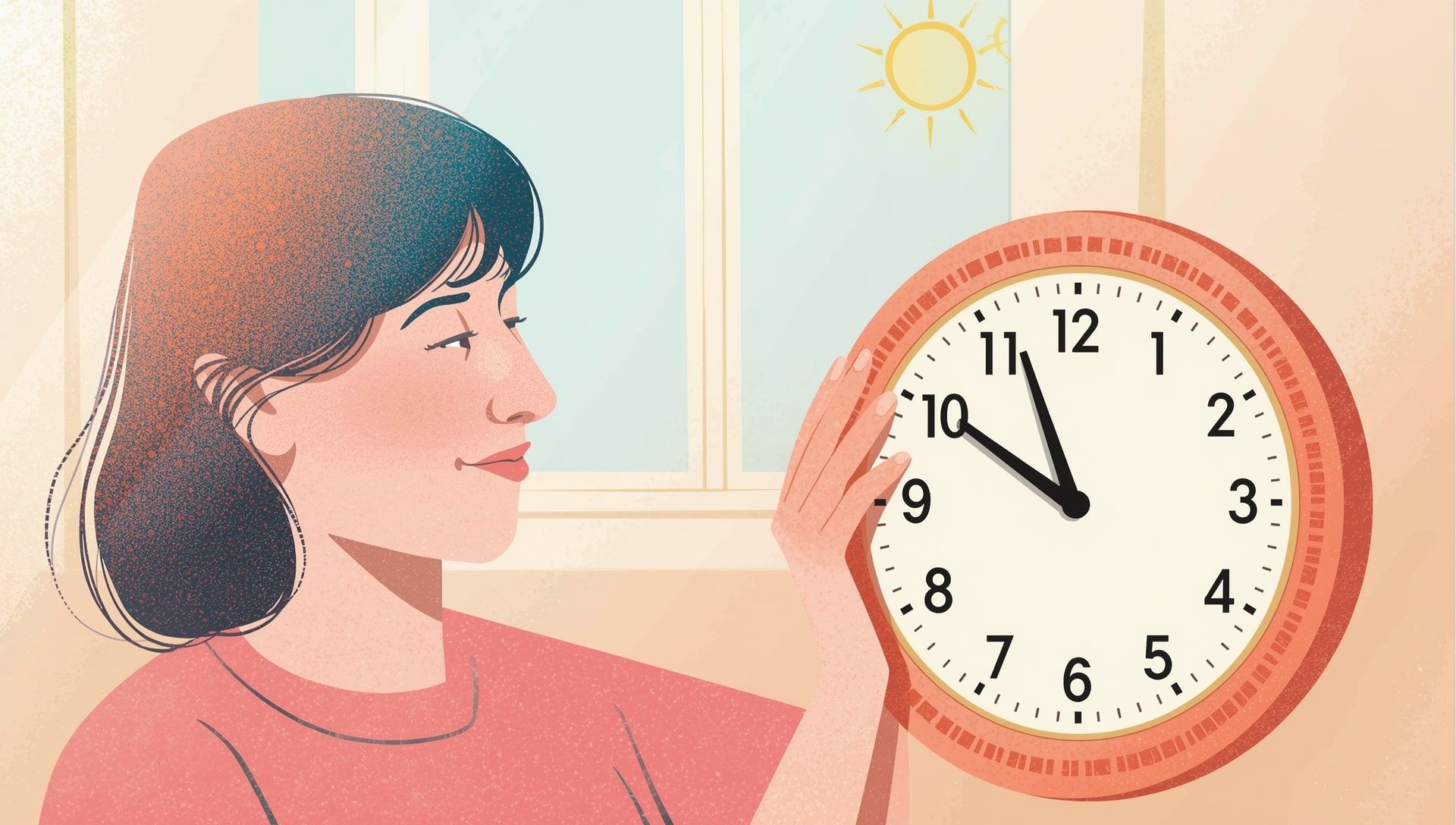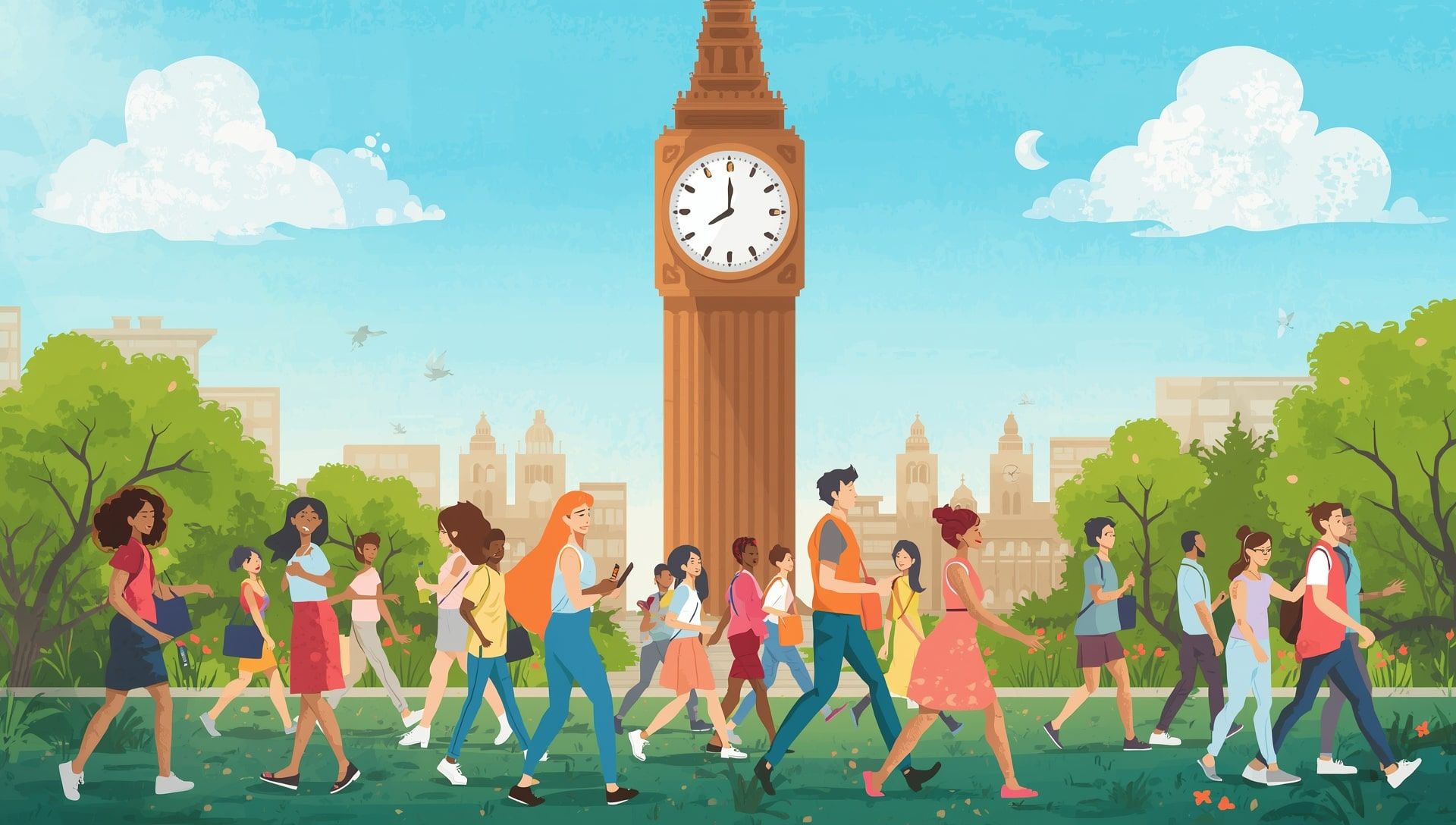When Daylight Saving Time arrives, adults may grumble about losing or gaining an hour, but for babies, that single hour can feel like a major disruption. Young children thrive on routine, and even a small change in timing can affect their mood, feeding, and overall rest. Fortunately, with some planning and gentle transitions, you can help your baby adjust smoothly when the clocks change. Here’s how to make it easier for everyone in your household.
Why DST Affects Babies More Than Adults
Unlike adults, babies don’t understand time changes. Their bodies rely on biological rhythms, not the numbers on a clock. The sudden one-hour shift in Daylight Saving Time can confuse their internal system, making them tired at odd times or wide awake when they should be sleeping.
Infants and toddlers are especially sensitive because their circadian rhythms are still developing. The change in light exposure, brighter evenings in spring or darker mornings in fall, can alter their sleep-wake cycles, making it harder to settle down or wake up naturally. This is similar to how people feel when traveling across different time zones.
How to Prepare Before the Clock Change
The key to an easy transition is gradual adjustment. Think of it as training your baby’s internal clock to match the new schedule.
- Start early: About five days before DST, begin shifting your baby’s bedtime, nap, and feeding times by 10–15 minutes each day. This small change gives their body time to adapt without feeling overwhelmed. Similar strategies are used when adjusting to event schedules that span multiple time zones.
- Stay consistent: Keep your regular bedtime routine, bathing, dim lights, reading, or singing. Familiar cues help signal that it’s time to sleep, even if the clock says otherwise.
- Use light strategically: Light exposure is a powerful signal for the body’s internal rhythm. Open curtains in the morning to help your baby wake up naturally, and dim lights in the evening to cue restfulness, principles also used in IANA time zone adjustments worldwide.
- Adjust your own schedule: Parents should also start going to bed a little earlier or later, depending on whether clocks move forward or back. Babies pick up on caregiver rhythms, so your consistency helps them adapt.
During the First Few Days of DST
Once the clock officially changes, your baby might still wake up or get sleepy at the “old” time. Stay calm and patient. It takes consistency and comfort to guide them through the shift, much like adapting after a global time change.
| Situation | Recommended Action | Why It Helps |
|---|---|---|
| Baby wakes up too early | Keep lights dim and delay breakfast or morning play by 10 minutes each day | Helps reset internal wake-up time |
| Baby resists bedtime | Use a quiet wind-down routine with low light and gentle sounds | Signals that it’s nighttime despite longer daylight |
| Baby naps too late | Wake gently 10–15 minutes earlier than usual | Aligns nap schedule with new bedtime |
| Overtired baby | Offer an extra brief nap or earlier bedtime | Prevents sleep deprivation buildup |
Creating the Right Sleep Environment
Controlling light and sound in your baby’s room helps regulate their circadian rhythm and promotes better rest. During Daylight Saving Time, this becomes even more critical, especially when evenings stay brighter for longer, similar to what’s experienced in some countries near the equator where daylight varies little.
- Use blackout curtains: They keep out late sunlight, signaling to your baby’s brain that it’s bedtime.
- White noise machines: Help block outside sounds and create a steady, calming background environment.
- Comfort items: A soft blanket or favorite stuffed toy (for older babies) reinforces a sense of security during bedtime.
- Room temperature: Keep it between 68–72°F (20–22°C) for optimal sleep comfort, similar to recommendations found in weather-based sleep tips.
Handling the Spring Forward Change
When the clocks move forward in spring, you lose an hour of sleep. This can make bedtime feel “too early” for your baby. To ease the transition:
- Move bedtime later by 10–15 minutes for several nights leading up to the change.
- Wake your baby slightly earlier each morning until the new wake-up time feels natural.
- Plan outdoor activities in the morning to encourage earlier rising and better daytime alertness.
- Stick to your bedtime routine even if your baby seems wide awake. It will help reinforce sleep cues, just like maintaining a regular schedule in a calendar keeps consistency.
Handling the Fall Back Change
When clocks go back in autumn, your baby might start waking too early. This transition can feel easier but still causes challenges if morning light comes too soon or if bedtime feels too early.
- Delay naps and bedtime by 10-15 minutes each day until your baby adjusts to the new time.
- Keep morning lights dim for the first few days to discourage early waking.
- Feed at the new schedule gradually. Babies often associate feeding with sleep cues, similar to timed routines used in event planning.
- Use morning walks once the sun rises to help reinforce the new rhythm.
How Long Does It Take to Adjust?
Every baby is different. Some adapt in two days, while others take up to a week. The smoother your pre-transition plan, the shorter the adjustment period will be. Maintaining a calm, predictable routine helps babies feel secure during the shift, just as consistent time conversions help travelers stay oriented.
- Start adjusting your baby’s schedule about five days before DST.
- Keep bedtime rituals the same. Routine helps signal sleep time.
- Expect temporary mood changes or early wake-ups for a few days.
- Morning sunlight and consistent feeding help reset the body’s clock naturally.
Common Mistakes Parents Make
When trying to help a baby adjust to the time change, some well-intentioned strategies can backfire. Here’s what to avoid:
- Skipping naps, which leads to overtiredness and crankiness.
- Letting bedtime drift by more than 30 minutes at once. Babies need smaller shifts.
- Keeping bright lights on too late in the evening. This suppresses melatonin production, something also discussed in health effects of time changes.
- Introducing new routines during the time change. Keep everything familiar to reduce stress.
- Expecting instant adaptation. It takes consistency and patience.
Helping the Whole Family Adjust
The time change doesn’t only affect your baby, it affects you, too. When parents are tired or out of sync, babies sense that tension. Taking care of your own sleep and adjusting your household’s rhythm together makes the transition easier on everyone, much like coordinating across different cities with unique local times.
Keep mornings bright, evenings calm, and meals consistent. Within a week, your baby’s body clock will align with the new schedule, and bedtime will feel normal again.
Staying Flexible and Positive
Daylight Saving Time can be frustrating, but it’s temporary. Babies are remarkably adaptable, and small changes in your approach can make a big difference. With patience, a bit of planning, and a steady bedtime routine, your family can move through the time change with minimal fuss and maybe even a little extra rest, the kind that makes those holiday mornings feel just right.









